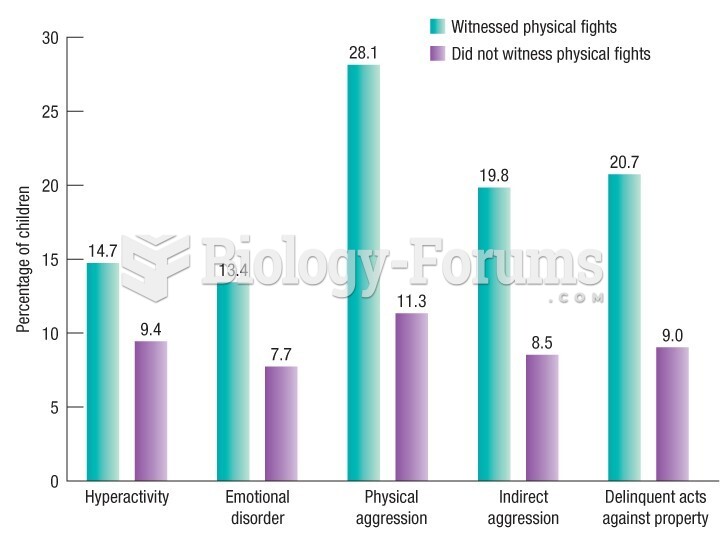Answer to Question 1
Answer: Children can become bilingual in two ways: (1) by acquiring both languages at the same time in early childhood or (2) by learning a second language after acquiring the first. Children of bilingual parents who teach them both languages in infancy and early childhood separate the language systems early on and attain early language milestones according to a typical timetable. When preschool and school-age children from immigrant families acquire a second language after they already speak the language of their cultural heritage, the time required to master the second language to the level of native-speaking agemates varies greatly, from 1 to 5 or more years. Influential factors include child motivation, knowledge of the first language (which supports mastery of the second), and quality of communication and of literacy experiences in both languages at home and at school. As with first-language development, a sensitive period for second-language development exists. Mastery must begin sometime in childhood for most second-language learners to attain full proficiency. But a precise age cutoff for a decline in second-language learning has not been established. Rather, a continuous age-related decrease from childhood to adulthood occurs.
Answer to Question 2
Answer: Debate about the effectiveness of school programs for the gifted typically focuses on factors irrelevant to giftednesswhether to provide enrichment in regular classrooms, pull children out for special instruction (the most common practice), or advance brighter students to a higher grade. Overall, gifted children fare well within each of these models, as long as special activities promote problem solving, critical thinking, and creativity. Gardners theory of multiple intelligences has inspired several model programs that provide enrichment to all students in diverse disciplines. Meaningful activities, each tapping a specific intelligence or set of intelligences, serve as contexts for assessing strengths and weaknesses and, on that basis, teaching new knowledge and original thinking. For example, linguistic intelligence might be fostered through storytelling or playwriting; spatial intelligence through drawing, sculpting, or taking apart and reassembling objects; and kinesthetic intelligence through dance or pantomime. Evidence is still needed on how well these programs nurture childrens talents and creativity. But they have already succeeded in one wayby highlighting the strengths of some students who previously had been considered unexceptional or even at risk for school failure. Consequently, they may be especially useful in identifying talented low-SES, ethnic minority children, who are underrepresented in school programs for the gifted.







